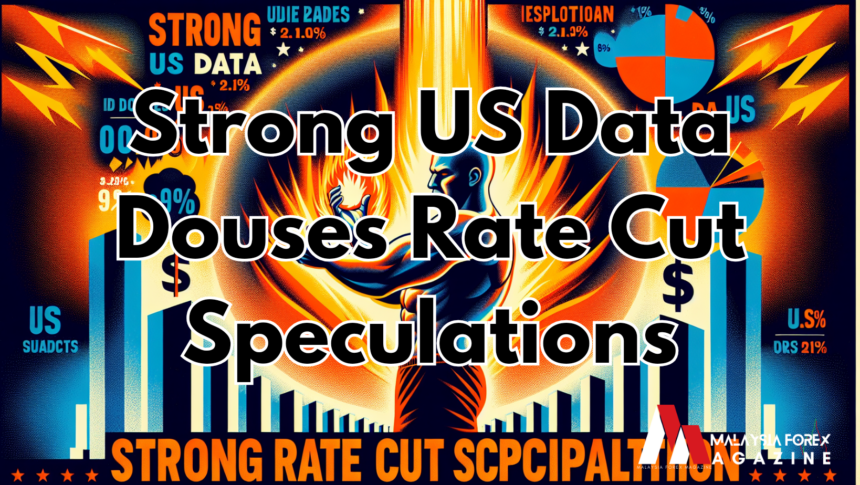Amidst mounting speculations of a potential interest rate cut by the Federal Reserve, robust economic data from the United States has poured cold water on these expectations, sparking renewed optimism in the country’s economic recovery.
Recent reports from various sectors of the US economy have indicated resilience and strength, challenging the narrative of an imminent need for monetary stimulus. Key among these indicators is the latest nonfarm payrolls report, which revealed a surge in job creation figures far surpassing market expectations. With an addition of over 300,000 jobs in the previous month alone, the labor market exhibited remarkable vitality, significantly outperforming analysts’ projections.
Accompanying this positive news on employment were encouraging signs from the manufacturing and services sectors. The Institute for Supply Management (ISM) Manufacturing Index climbed to its highest level in several months, underscoring robust growth in the manufacturing industry. Similarly, the ISM Services Index, which measures activity in the services sector, exceeded forecasts, pointing to continued expansion in this critical segment of the economy.
The solid performance of the US economy has prompted a reassessment of the likelihood of a near-term interest rate adjustment by the Federal Reserve. Market participants, who had previously priced in expectations of a rate cut to stimulate economic growth, are now revising their forecasts in light of the recent data. The prospect of sustained economic strength has led many investors to scale back their bets on monetary easing measures, resulting in a notable shift in market sentiment.
Analysts and economists have pointed to several factors contributing to the robustness of the US economy, including robust consumer spending, buoyant business sentiment, and ongoing progress in vaccination efforts. Additionally, fiscal stimulus measures implemented by the government have provided crucial support to businesses and households, bolstering economic activity across various sectors.
Despite the optimistic outlook fueled by the latest data releases, uncertainties persist, particularly surrounding inflationary pressures and geopolitical tensions. Rising commodity prices and supply chain disruptions have raised concerns about inflationary risks, prompting policymakers to closely monitor developments in this area. Moreover, geopolitical challenges, including tensions in Eastern Europe and the Middle East, add a layer of complexity to the global economic landscape, posing potential headwinds to growth.
Looking ahead, market participants will closely scrutinize incoming economic data and statements from Federal Reserve officials for clues about the central bank’s monetary policy trajectory. While the prospect of an interest rate cut may have diminished for now, uncertainties surrounding the economic outlook warrant continued vigilance and adaptability in navigating the dynamic financial markets.










